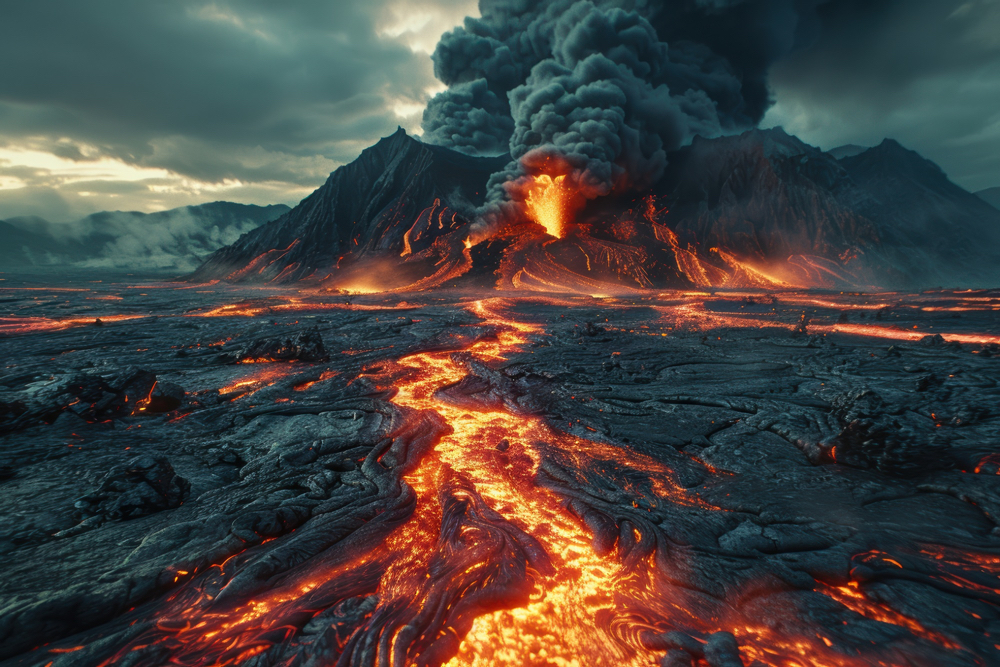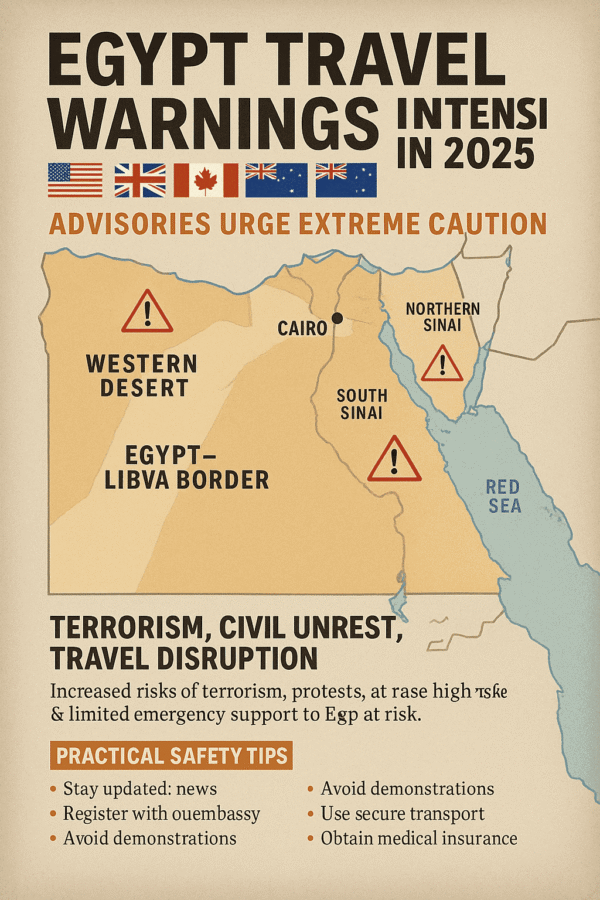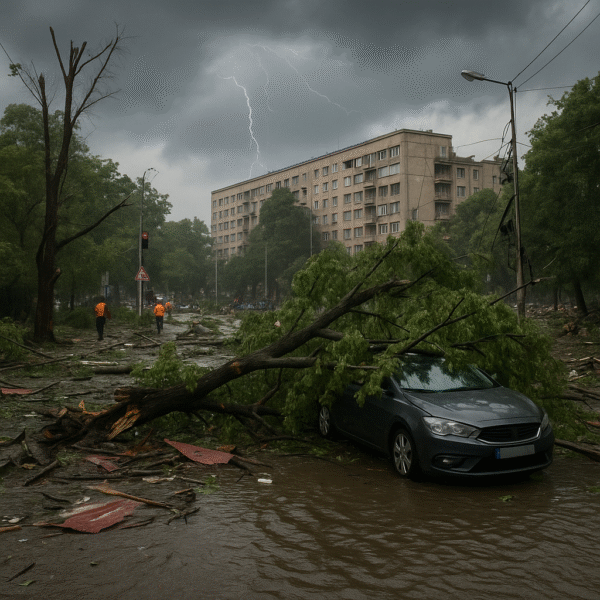Erta Ale, one of the world’s most active volcanoes, has erupted once again, sending thick plumes of ash and rivers of lava across Ethiopia’s Afar Region. The dramatic eruption began on July 15–16, 2025, following weeks of increasing thermal activity, and has raised significant concerns for tourism operators, local communities, and environmental experts alike.
Located deep within the Danakil Depression, the Erta Ale volcano—known for its persistent lava lake and otherworldly terrain—has entered a new phase of volcanic unrest. Though no casualties have been reported, regional authorities and scientists warn that continued eruptions may pose risks to air travel, health, and infrastructure.
Volcanic Activity Escalates in the Afar Region
The eruption was first observed by local observers and satellite monitoring systems in early July, when thermal anomalies were detected in the northern and southern pit craters. Satellite data from NASA’s Earth Observing System and the European Space Agency (ESA) confirmed increased heat signatures and volcanic emissions throughout the first two weeks of the month.
By mid-July, the eruption intensified, with dense black ash plumes rising above the crater and lava overflowing from its summit. A significant ash plume, documented on July 15, appeared to result from a crust collapse over the lava lake, a geologic event that allows pressurized gases and molten rock to violently escape from beneath the surface.
According to the Global Volcanism Program, these eruptions mark one of the most sustained and forceful episodes at Erta Ale in recent memory. Scientists believe the volcano’s inner magma reservoir is undergoing major structural changes, raising the possibility of further explosive activity in the coming weeks.
Travel Disruptions and Tourism Impact
The ongoing eruption has led to temporary travel advisories for the Afar Region. While no international airports have been closed, ash clouds and reduced visibility have impacted domestic transportation routes, especially in the Holale and Semera regions, where volcanic dust has settled.
The Afar Regional Tourism Bureau has urged visitors to defer non-essential travel to the Erta Ale area, particularly overland tours to the lava lake summit. Tour operators have suspended excursions into the Danakil Depression, a geological hotspot once popular among adventure travelers.
Tourism officials emphasized that no foreign tourists were harmed during the eruption but reminded visitors that the remote and harsh terrain, combined with active eruptions, demands extra caution. The U.S. Department of State and several European embassies have also updated travel advisories for Ethiopia, specifically warning travelers to avoid the volcano zone until further notice.
Environmental and Community Concerns
The eruptions have not caused destruction in nearby villages, but experts remain cautious. The surrounding Afar region, already known for its extreme heat and arid landscape, now faces additional environmental stress. Volcanic ash and gases, such as sulfur dioxide, pose a threat to air quality and may affect agriculture, livestock, and water supplies.
Local authorities have deployed environmental monitoring teams to track air pollution levels and assess any long-term impacts on soil and water safety. The Ethiopian Institute of Geophysics, Space Science and Astronomy (EIGSSA)has warned of potential fallout affecting areas up to 50 kilometers downwind from Erta Ale.
Nearby communities have been briefed on evacuation protocols in case of more aggressive lava flows or pyroclastic activity. Authorities are also distributing face masks and clean water supplies to mitigate health risks from inhaling ash particles.
Scientists Monitor Lava Lake Evolution
Erta Ale’s distinctive lava lake, which has drawn geologists and tourists from around the world, is undergoing dynamic changes. Researchers from institutions including UNESCO, IGAD Climate Prediction and Applications Centre, and Addis Ababa University have highlighted the significance of the ongoing crust collapses and deepening magma activity.
“These changes suggest that the volcano’s plumbing system is evolving,” said Dr. Hana Mekonnen, a volcanologist with the Ethiopian Geological Survey. “If pressure continues to build, we may see larger explosions, fissure eruptions, or even seismic activity.”
Advanced satellite imaging and thermal infrared readings are being used to continuously monitor the volcano’s surface temperature, crater deformation, and gas emissions. As of July 17, glow from the lava lake remains visible at night, suggesting magma remains close to the surface and highly active.
Tourism Outlook and Resilience Planning
While the current eruptions have curtailed tourism in the short term, experts hope to turn the attention toward resilient and safe geotourism planning. Ethiopia’s Afar Region has long marketed itself as a destination for adventurous travelers and scientific exploration, with Erta Ale and the nearby Dallol hydrothermal field among the world’s most unique geological sites.
In response to the eruption, the Ethiopian Ministry of Tourism is coordinating with local operators to create alternative routes and educational resources for future travelers interested in volcanology, geology, and eco-tourism.
Officials stress that safety remains the priority. “We want the world to experience Afar’s incredible natural beauty,” said Tadesse Alemu of the Afar Tourism Bureau, “but we must ensure the experience is sustainable and secure.”
Precautionary Measures for Travelers
Until the situation stabilizes, authorities advise all travelers to:
- Check for official advisories from embassies and Ethiopian tourism offices
- Avoid trekking routes near Erta Ale or active lava zones
- Wear respiratory protection when near ash plumes
- Register with their country’s foreign travel alert programs
- Monitor updates from global sources like www.volcano.si.edu and earthobservatory.nasa.gov
A Cautionary Yet Captivating Event
Erta Ale’s ongoing eruption serves as a reminder of nature’s raw power, but also of the importance of preparedness, scientific cooperation, and sustainable tourism. As experts continue to assess the volcano’s evolving behavior, the Afar region remains on alert—poised between risk and resilience.
Travelers are encouraged to follow developments closely and wait for further guidance before planning visits to this extraordinary, yet volatile, part of East Africa.
For more travel news like this, keep reading Global Travel Wire
Disclaimer: This image is AI generated and may bear no resemblance with actual fact or images


















